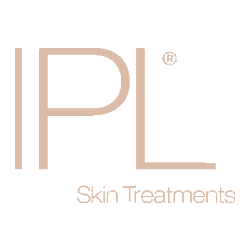


What is Regenerative/Anti-Aging Medicine?
Regenerative medicine aims to treat the underlying causes of disease at a cellular level by repairing, replacing, or regenerating damaged cells in the body. This re-establishes a normal condition from a diseased or damaged condition. It uses the body’s own repair mechanisms to functionally heal tissues/organs. It can be an alternative to surgery. The human body has its own innate immune response to heal and defend itself, but it can be slow and is not always effective, especially as one gets older. Regenerative medicine has the potential to improve the body’s healing process and/or accelerate the healing process.
What does Redjuvenation use in its regenerative medicine program?
PDPA (Placentally Derived Protein Array) is a groundbreaking advancement in the field of regenerative medicine. It is a sophisticated array of proteins, growth factors, and cytokines derived from placental tissue. This product DOES NOT contain any cells. Because it is free from DNA or whole cells, there is less risk of adverse reactions, off target effects, or contraindications associated with other cell-based therapies. Due to the comprehensive range of regenerative factors in PDPA, it is estimated to be 1000 times more potent than PRP (Platelet Rich Plasma).
How does Redjuvenation use PDPA?
Aesthetic uses: We can add PDPA to our hair restoration program (Keralase) to increase efficacy of our treatment. PDPA can also be used after microneedling (Rejuvapen) or radiofrequency microneedling (Morpheus8) to help boost collagen and elastin production. PDPA can even be used as a filler and can not only “fill in” the area but stimulate elastin and collagen in the area.
Medical Uses: PDPA can be injected directly into joints (shoulders, knees, hips, epidural for lumbar disc disease) to improve degenerative joints. It can also be injected into soft tissue like tendons and muscles to help repair tears and ease inflammation. PDPA can be used for both osteoarthritis and rheumatoid arthritis. In addition, PDPA can be given as an IV bolus as an overall anti-aging/regenerative treatment for whole body healing.
Why is PDPA better than PRP and stem cells?
While the PDPA is derived from placental tissue, it contains no cells, reducing the risk of adverse reactions, off target effects, and contraindications associated with other cell-based therapies like stem cells or PRP. PRP has its own limitations in that a patient’s own blood is used, with all the inflammatory compounds that are present in the blood. In addition, growth factors, cytokines, and platelets’ beneficial properties are greatly reduced in people over 40 years of age.
How does it work and what can I expect?
Application of regenerative therapy commonly has a three-stage effect over several months depending on environment, genetics, or current health. An average timeline is as follows:
Month 1: Release of proteins provides immediate anti-inflammatory effects and initiates regeneration.
Month 2-4: Ongoing production and expression of proteins from mRNA continues the healing process.
Month 4 and beyond: Resident stem cells and quiescent progenitor cells become more active and mature, continuing the regenerative process.









